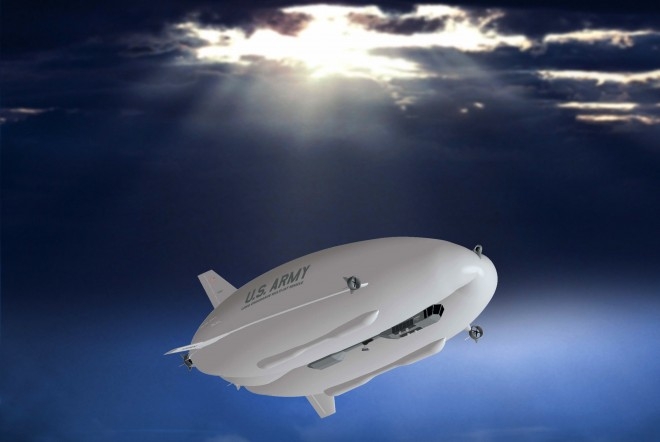Airship is a type of lighter-than-air aircraft which can navigate through the air under its own power. They are different from Aerostats that gain their lift from large gas bags filled with a lifting gas that is less dense than the surrounding air. Historically, airships have been used in applications …
Read More »Yearly Archives: 2023
Graphical Processing units (GPUs) responsible for success of Deep Neural networks (DNN) in Aerospace and Defense
Deep Neural networks (DNN) or large virtual networks of simple information-processing units, which are loosely modeled on the anatomy of the human brain have been responsible for many exciting advances in artificial intelligence in recent years. The deep learning (DL) algorithms allow high-level abstraction from the data, and this is helpful for …
Read More »Rising rocket launches damaging ozone and altering climate
In 2021, there were 146 space launches, out of which 51 were from the U.S., 55 from China, and 25 from Russia. The launches are expected to rise, which can deteriorate the ozone layer, thus, creating a detrimental effect on the Earth’s climate. So far, the environmental impacts of …
Read More »“3D Bioprinting” or “bioprinting” promise Human organs and tissues, for medical use in harsh military environments
In the UK, there are some 7,000 people on the list who are in dire need of organ transplants and In the US, the number awaiting transplant is around 120,000, with 20 dying each day for want of an organ. There is a large and growing need for an alternative to …
Read More »Space tourism for Leisure and Buisness
Space tourism is human space travel for recreational purposes. There are several different types of space tourism, including orbital, suborbital, and lunar space tourism. Space Tourism Market lets travelers travel in and across the Earth’s orbit for leisure, recreation, or significant business purposes. In addition, it will probably make travel …
Read More »Optical Science and Engineering
Optics is the branch of physics that studies the behaviour and properties of light, including its interactions with matter and the construction of instruments that use or detect it. Optics usually describes the behaviour of visible, ultraviolet, and infrared light. Because light is an electromagnetic wave, other forms of electromagnetic …
Read More »Automotive Optoelectronics Market
Optoelectronic technology is a new technology formed by the combination of photon technology and electronic technology. Optoelectronics is the field of technology concerned with electronic device application to the sourcing, detection and control of light. Optoelectronics is described as “a device that responds to optical power, emits or modifies optical …
Read More »Quantum hyperpolarization enhances MRI sensitivity to detect cancer and brain tumors
Quantum technology (QT) applies quantum mechanical properties such as quantum entanglement, quantum superposition, and No-cloning theorem to quantum systems such as atoms, ions, electrons, photons, or molecules. Quantum technologies are already revolutionizing life on Earth. But they also have the potential to change the way we operate in space. …
Read More »DARPA ERI developing breakthrough U.S. national electronics capability for DOD missions to secure its national security
In 1965 R&D Director at Fairchild (and later Intel co-founder) Gordon Moore predicted continued systemic declines in cost and increase in performance of integrated circuits in his paper “Cramming more components onto integrated circuits.” These trends have underwritten the ongoing microelectronics revolution. “Moore’s Law has set the technology community on a …
Read More »India’s Smart and Comprehensive Integrated Border Management (CIBMS) to guard its long, difficult and porous borders
The long, porous and difficult borders have created the security challenges of illegal immigration, cross border terrorism, narcotics and arms smuggling, abetment of separatists and left -wing extremism and separatist movements aided by external powers. Pakistan policy of supporting cross border terrorism has led to constant border skirmishes along the …
Read More » International Defense Security & Technology Your trusted Source for News, Research and Analysis
International Defense Security & Technology Your trusted Source for News, Research and Analysis




